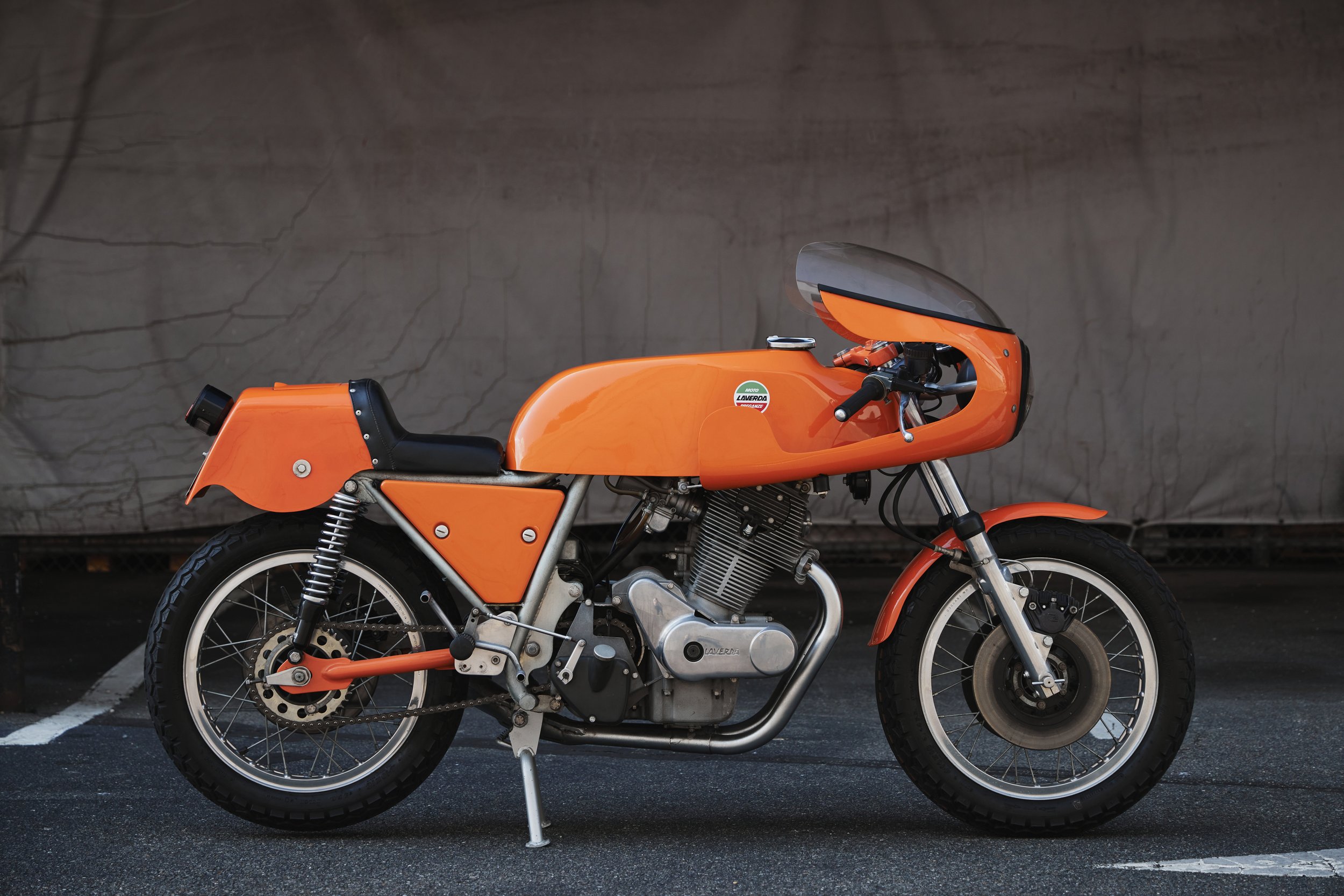
If you ever have the good fortune of coming into a large inheritance or happen to win a substantial amount of money on the lottery, then we suggest you head to Brooklyn, New York. There you can visit Moto Borgotaro, which boasts the world’s greatest collection of European motorcycles for sale, run by true Renaissance man, Peter Boggia. Being the daydreamers that we are, we recently took a quick peek at the latest inventory, and one very special motorcycle caught our eye: this absolutely gorgeous Italian, a Laverda 750SFC, of which only 541 were ever produced. Not only is this 1974 example a numbers-matching machine in the complete original specification, but it was also previously owned by world-renowned historian Ian Falloon.
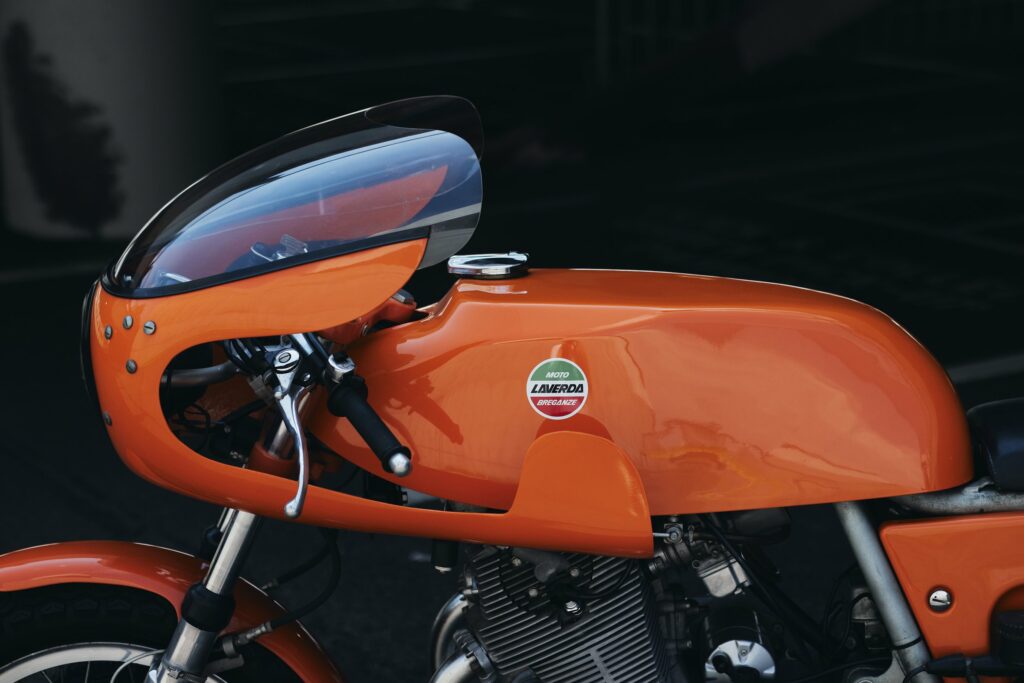
Ian is the preeminent expert on all things motorcycle history, and his knowledge of European marques is unsurpassed. For more than 40 years, he has been writing about motorcycles; he’s the guy the rest of us turn to for answers. He has written 55 books, many of which are considered the holy texts on Italian machinery in particular. To bring things full circle, not only did Ian own this particular bike, but it also featured on the cover of his brilliant book The Laverda Twins & Triples Bible. With a full 20-page historical ownership report, this is truly one seriously cool and collectable motorcycle.
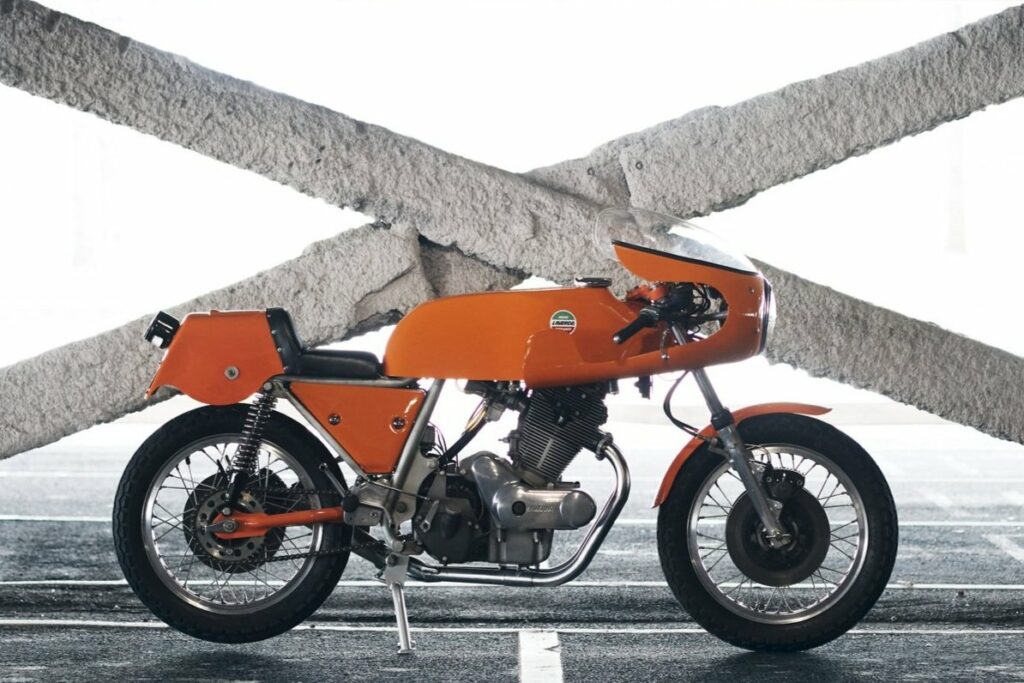
So what exactly is a Laverda SFC? To take it from the man himself: “The Laverda SFC is one of the best bikes for your buck that you can collect and ride! It is a street-legal factory race bike that pumps out approximately 70HP—it’s fun, fast, and vicious. The SFC is the pinnacle of ’70s Italian sport bikes—it hits all the marks and is built like a tank. This is the closest bike in feel to a Lamborghini Miura. Don’t trust anyone who says these beasts don’t idle and they’re high-strung.”
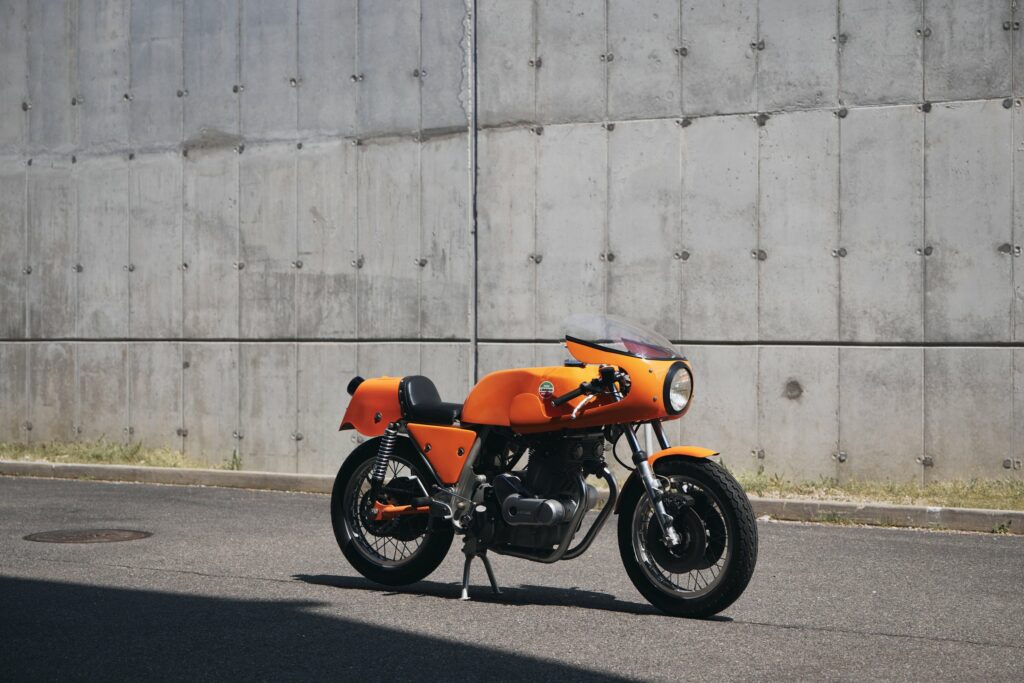
The ’70s were a great time for Italian sports bikes, and alongside the Laverda sit legends like the Ducati 750 Super Sport, MV Agusta 750S, and Moto Guzzi V7 Sport. But the Laverda was always intended to be an endurance racer first and foremost, based on the production 750SF and built in the company’s competition shop. The bike’s designation gave the game away immediately: Super Freni Competizione (Freni meaning brake). And starting in 1971, each example was handbuilt by the factory’s best technicians and race team engineers in small batches.
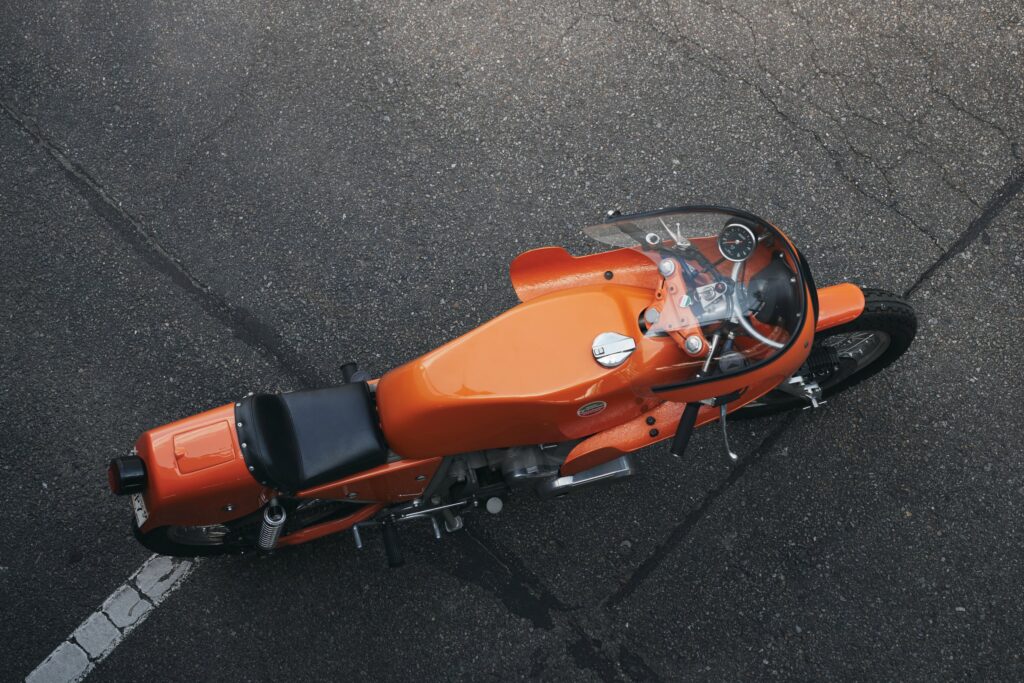
Given the pure torture test that is endurance racing, just about every component was made specially for the SFC models. The chassis, for example, looks quite similar to the regular SF, but the zinc-plated open cradle frame is very different and evolved over the five-year production run, with the 1974 examples featuring the greatest upgrade. During this period, the handling also improved significantly, with the frame lowered, bringing the centre of gravity closer to the ground to help offset the 231kg wet weight, 25kg of which was in the fuel tank to give the bike excellent range.
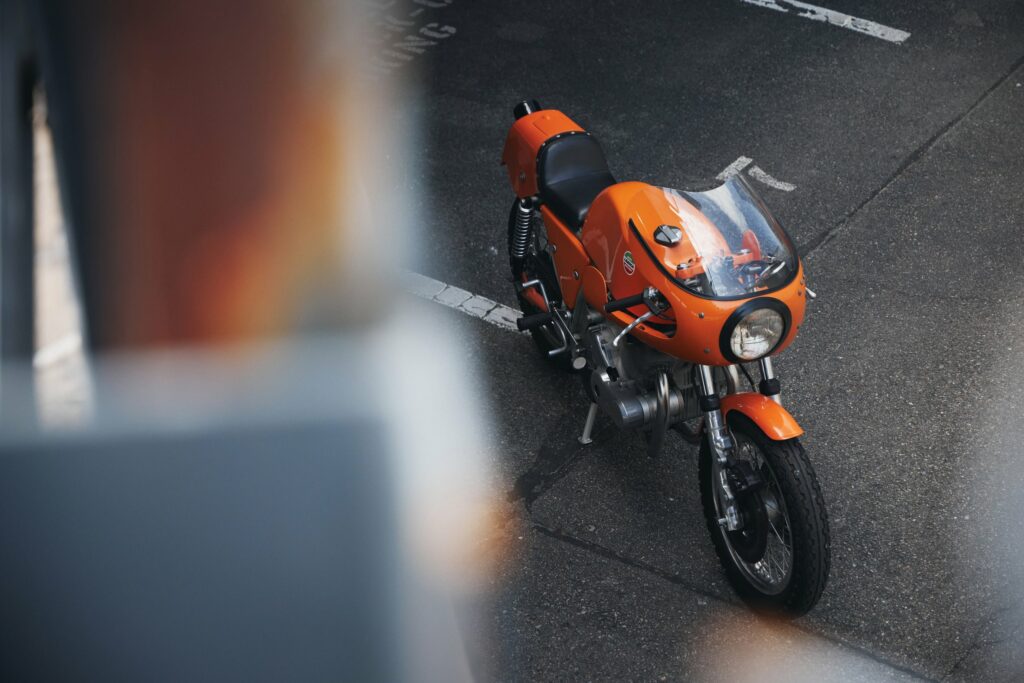
’74 also saw improvements in the suspension, with the fitment of 38mm Ceriani front forks, helping to establish the Laverda’s well-earned reputation as a brilliant handling machine. Ceriani had previously been responsible for the brakes too, but with the bigger forks also came the addition of twin 280mm Brembo discs up front, and the same disc and caliper combination used as a single in the rear. The swing arm was supported by new suspension too, straight from the Koni factory. The final batch of machines, introduced in 1975 and known as the ‘Electronica,’ came fitted with electronic ignition and an oil cooler.
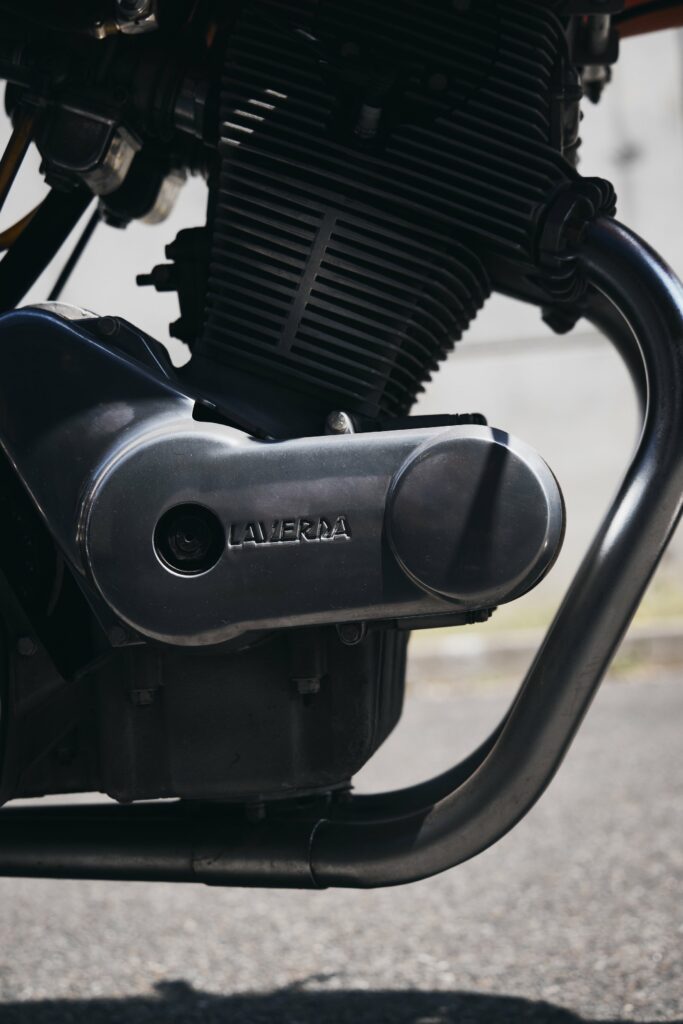
This brings us to the engine: heavily influenced by the Honda CB77, Massimo Laverda had purchased a Honda and stripped it down for examination before creating his company’s own twin. And despite not being of unique construction like the other Italians of the time, the 750cc parallel twin was and is bombproof! A lightened crank, polished rods, and forged pistons packed the bottom end, and higher compression and a revised single overhead cam equipped head were added throughout the production. The two-into-one exhaust produced a hell of a sound, and all together it delivered 75bhp through the five-speed transmission.
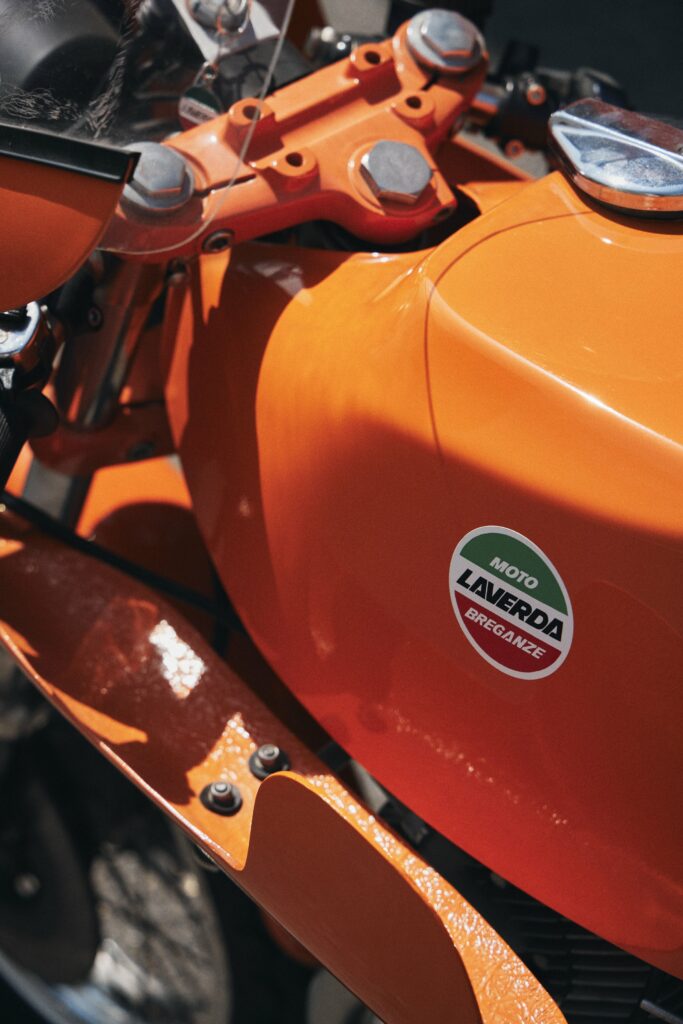
It’s easy to see then why the 750SFC proved to be such a dominant race bike. “Developed to win endurance events, it did so, often placing first, second, and third in the same race, and dominating the international endurance race circuit in 1971.” And the looks never hurt either. The beautiful flowing style of the half-faired machines was always finished in the distinctive orange colour scheme, distinguishing it from its many red-painted competitors. Like so many European motorcycles and their makers, the end came with a swift kick from the Japanese multi-cylinder machines. But this Laverda reminds us of a time when to be Italian was to be king, and who wouldn’t want one in their collection.
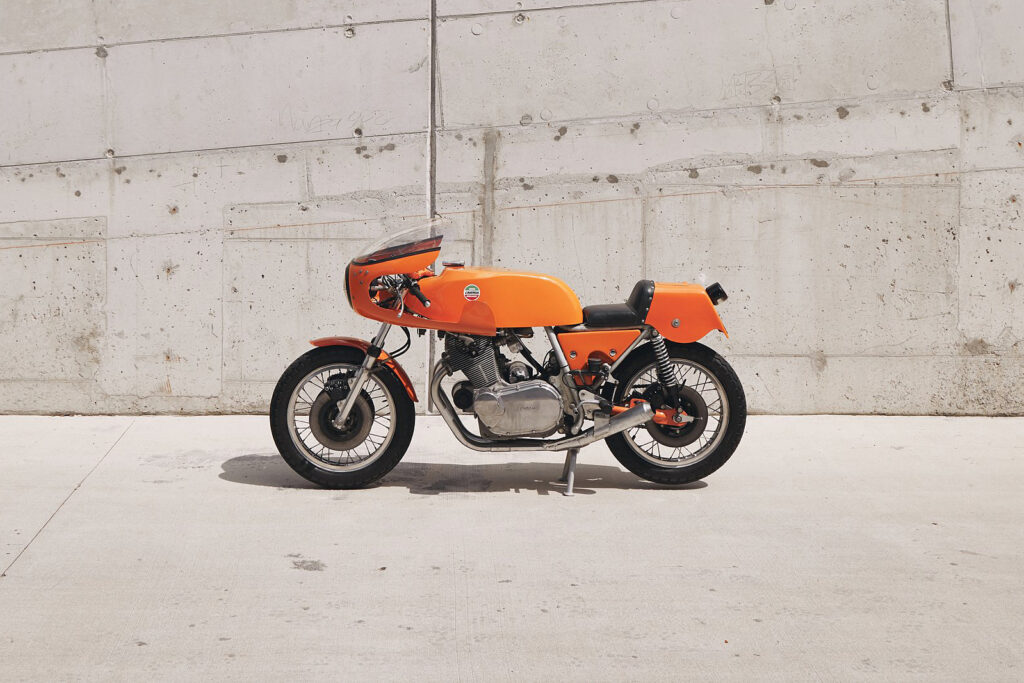
[ Moto Borgotaro ]
